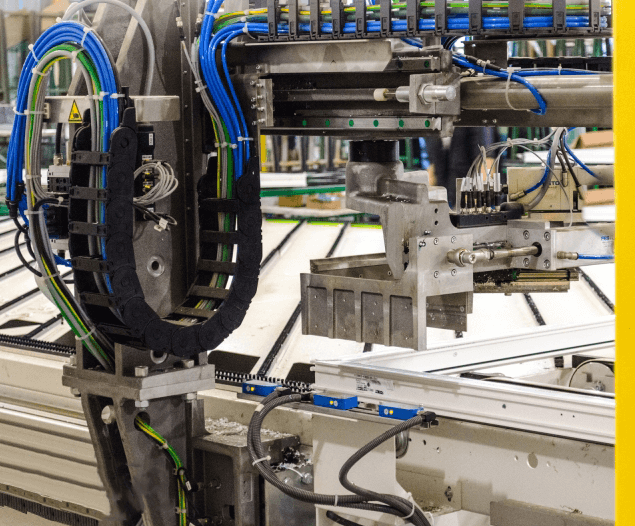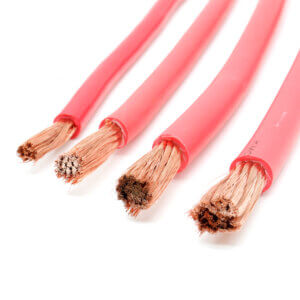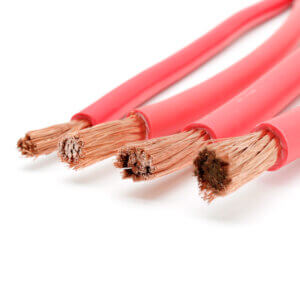Drag Chain Cable
Preface
Drag chain cables are primarily used in industrial electronic systems, automatic generation lines, storage equipment, robots, fire-fighting systems, cranes, CNC machine tools, and the metallurgical industry. In these specific applications, cables need to move back and forth with the equipment. To prevent cable entanglement, wear and tear, breakage, and scattering, cables are often placed inside cable drag chains, providing protection while allowing flexible movement without damage.
Drag chain cables are known for their durability, high flexibility, and resistance to wear and tear.
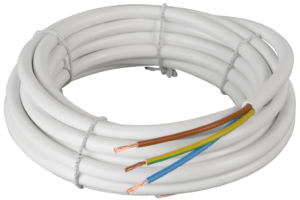
Cable Construction
Drag chain cables are generally composed of the following components:
- Conductor: For flexibility, the most flexible conductor is chosen.
- Insulation: High-pressure molded PVC insulation is used to support the structure.
- Sheath: The outer sheath must be flexible yet supportive and is also high-pressure molded.
- Filler: Used to maintain the cable’s structure.
- Shielding: Tightly woven shielding provides torsion resistance.
These cables must also have strong mechanical properties to withstand significant tensile force during use.
Is Softer Drag Chain Cable Always Better?
Not necessarily. While softness is often desirable for flexibility, the right cable should meet the specific conditions of use. The softness or hardness of the cable’s feel is largely related to the copper conductor (70%) and the insulation material and manufacturing process (30%).
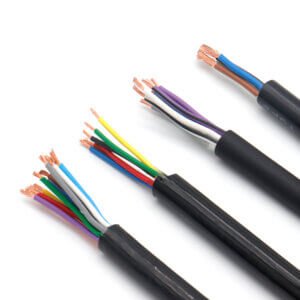
Drag chain cables require conductors with high toughness to perform in dynamic environments. While thinner conductors tend to be more flexible, over-refining the conductor can lead to issues such as copper wire entanglement, breaking, and reduced tensile strength. This can severely affect the cable’s performance and lifespan, potentially rendering it useless in extreme cases.
Conductors and Mechanical Fatigue
Drag chain cables are not just about flexibility—they need to balance flexibility with strong resistance to mechanical fatigue. If the conductor is too refined, it can break easily during operation, and the cable may suffer from decreased tensile strength, leading to failures and safety hazards. Especially in power cables, improper conductor selection can result in copper wire breakage and, ultimately, cable failure.
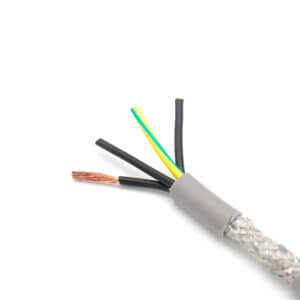
Choosing the Right Cable
Some customers may mistake a soft-feeling cable for being of higher quality, but this is not always the case. It is important to consider the cable’s performance in the actual working environment. Cables that are too soft may succumb to internal pressure and tension, leading to permanent deformation, conductor breakage, insulation damage, and even short-circuiting.
Conclusion
Choosing the wrong cable can have serious consequences, not only for the performance of the equipment but also for the safety of operators. It’s important to base cable selection on a comprehensive evaluation of the equipment’s trajectory, movement, and environmental conditions, rather than just feel or appearance. Ensuring the right cable selection will enhance both performance and safety.

